Recent figures suggest that thousands are arriving on a monthly basis into northern Uganda - mostly from South Sudan - with more than 1.3 million refugees and asylum seekers in the country, and this number shows no signs of abating in the near future. The government response to the refugee crisis is coordinated by the Office of the Prime Minister (OPM) and there are upwards of 16 refugee settlements already established. Ugandan communities are encouraged to share their land and access to other services, and in return facilities provided to support the refugees are shared with local communities.
The Salvation Army and partner organizations have provided toilets and clean water, as well as non-food items (NFIs) including cups, plates, bowls, jerry cans for water and cooking pots. The response is being coordinated by temporarily deployed officers Major Peter White (Australia Eastern Territory) and Major David Bennett (New Zealand, Fiji and Tonga Territory).
The team arrived in the capital, Kampala, at the beginning of September, having been delayed for nearly a month while the necessary paperwork was completed, eventually arriving in Adjumani, northern Uganda on September 26.
They are working in three settlements. Two are in Adjumani District: Pagirinya, 30 kilometres east, and Maaji III, approximately 25 kilometres west of Adjumani, where road conditions mean more than an hour’s drive to reach these settlements. The third, Lamwo, in Gulu District, is the newest settlement and is the camp that all new arrivals are directed to. A road washout on the direct route means that it is a five-hour drive each way.
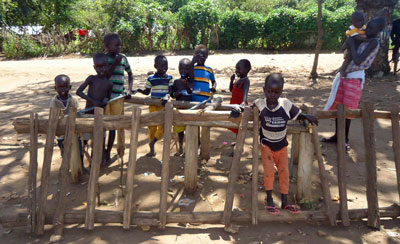 Children at a refugee camp in Uganda
Children at a refugee camp in Uganda
Adjumani Local Government District has a policy of 50/50 division for boreholes between the settlements and the host communities, and having been provided with a list for host communities The Salvation Army expects to commence drilling imminently. The team will also provide a further 10 boreholes divided between existing refugee settlements and host communities. Contracts for work and supplies have been submitted, NFIs have been packed for transport to the settlements, and all 18 boreholes agreed, although access to some of these is dependent on weather conditions.
At a recent meeting, the government refugee desk officer expressed his gratitude for the current work of IES, as well as acknowledging its services and projects from previous years and the value of the partnership between the OPM and The Salvation Army.




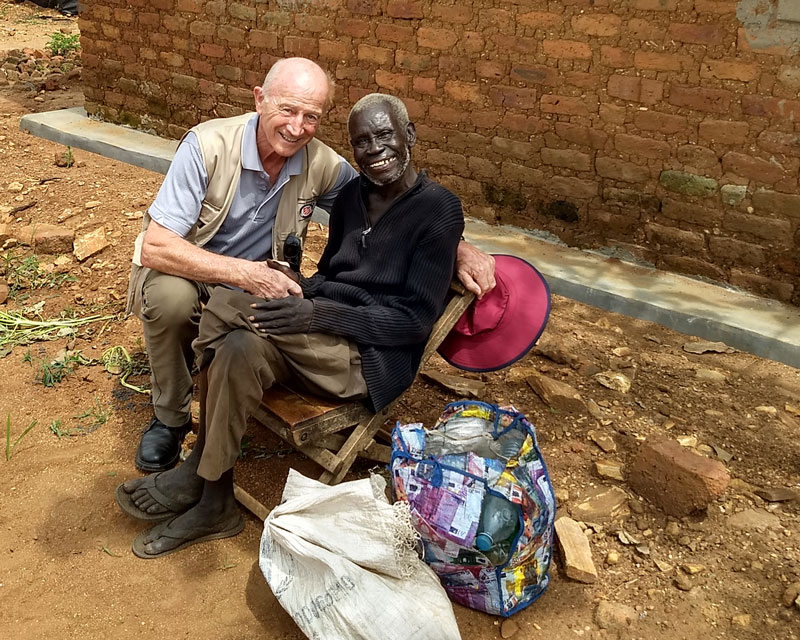
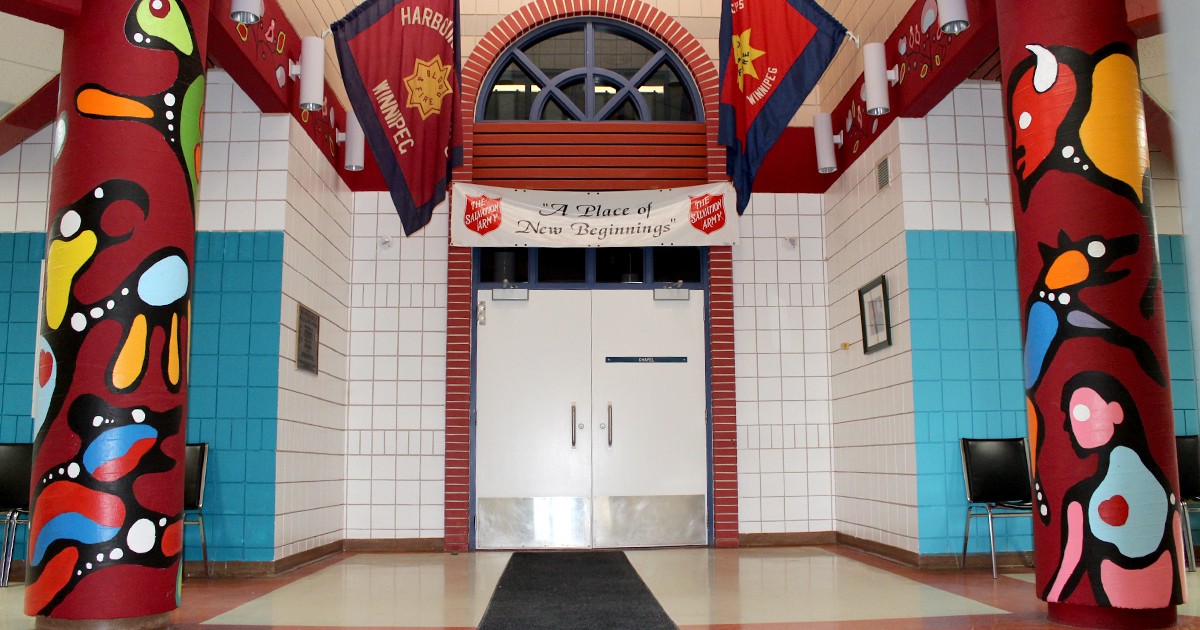
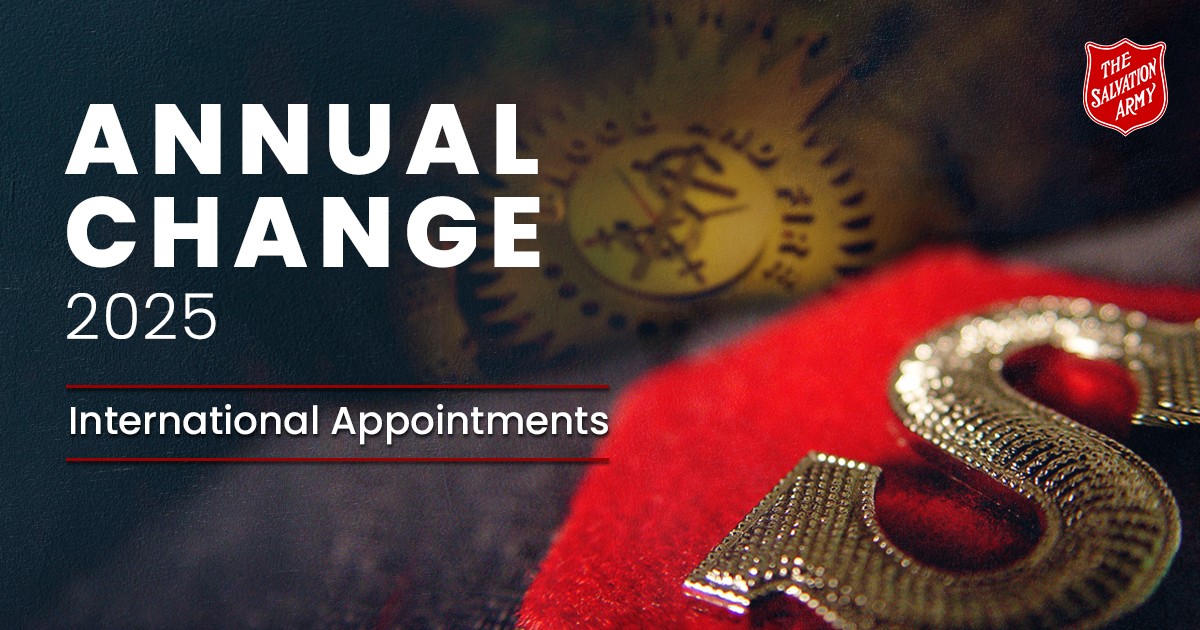
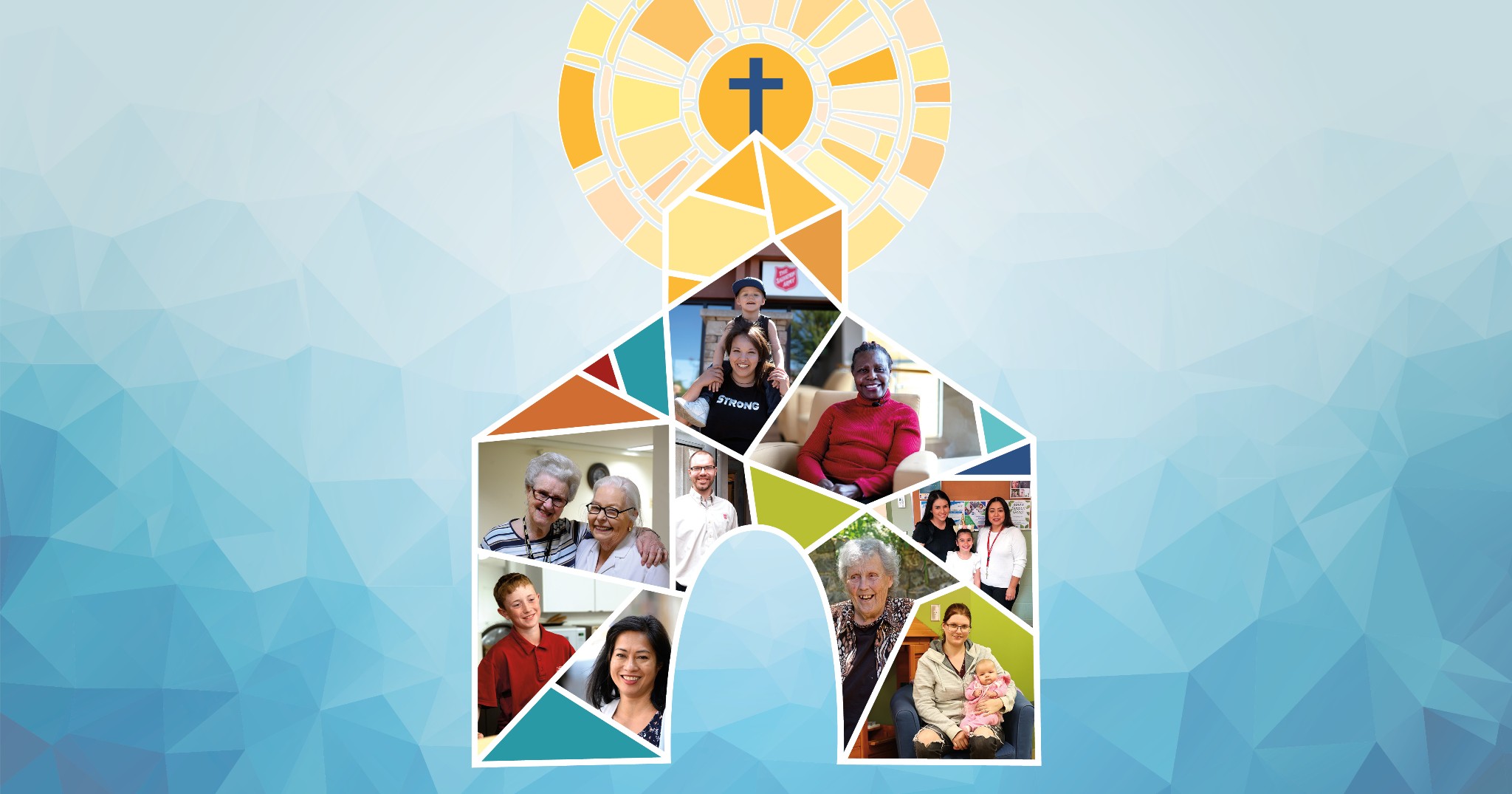


Leave a Comment